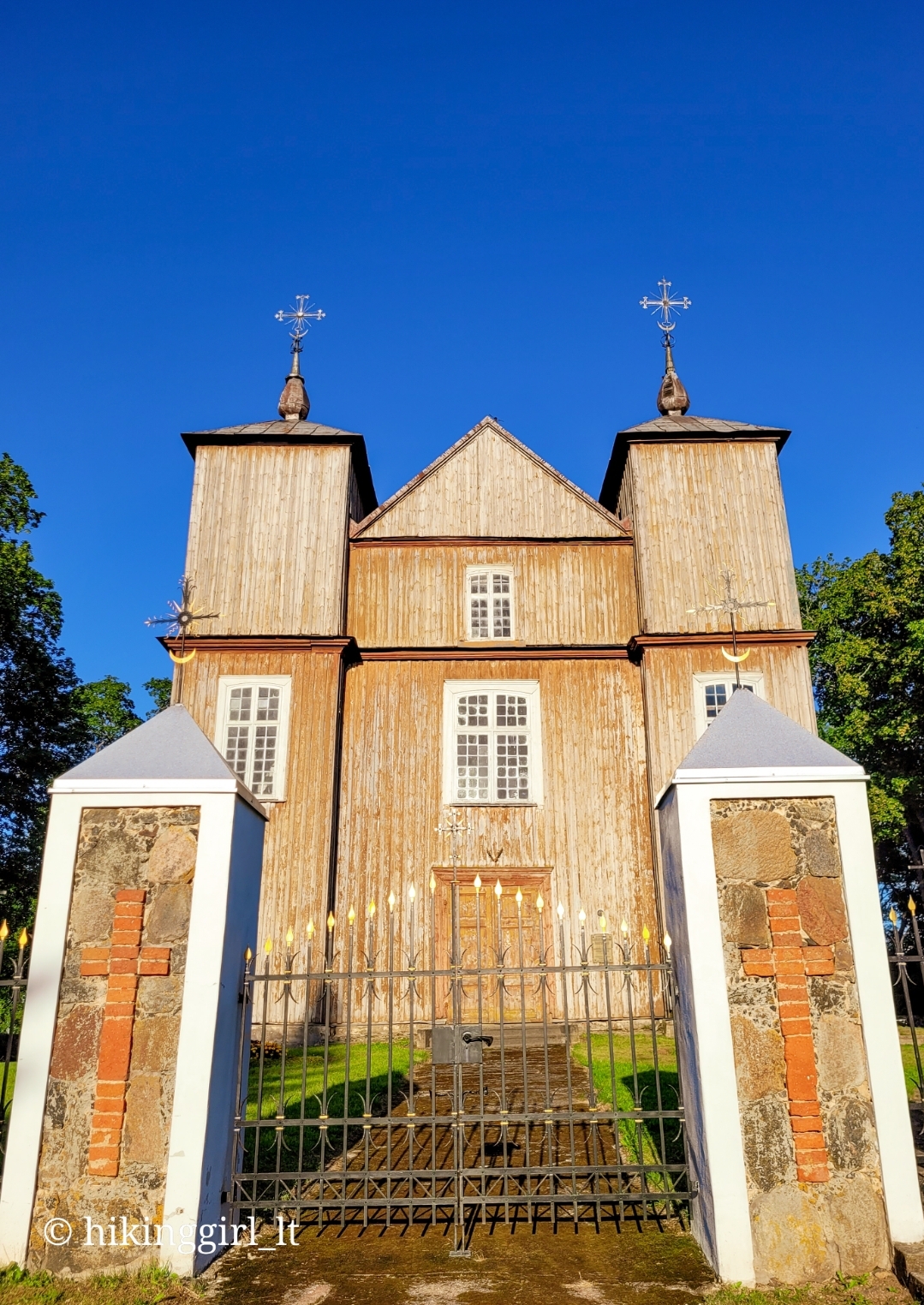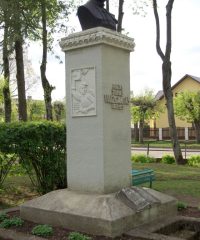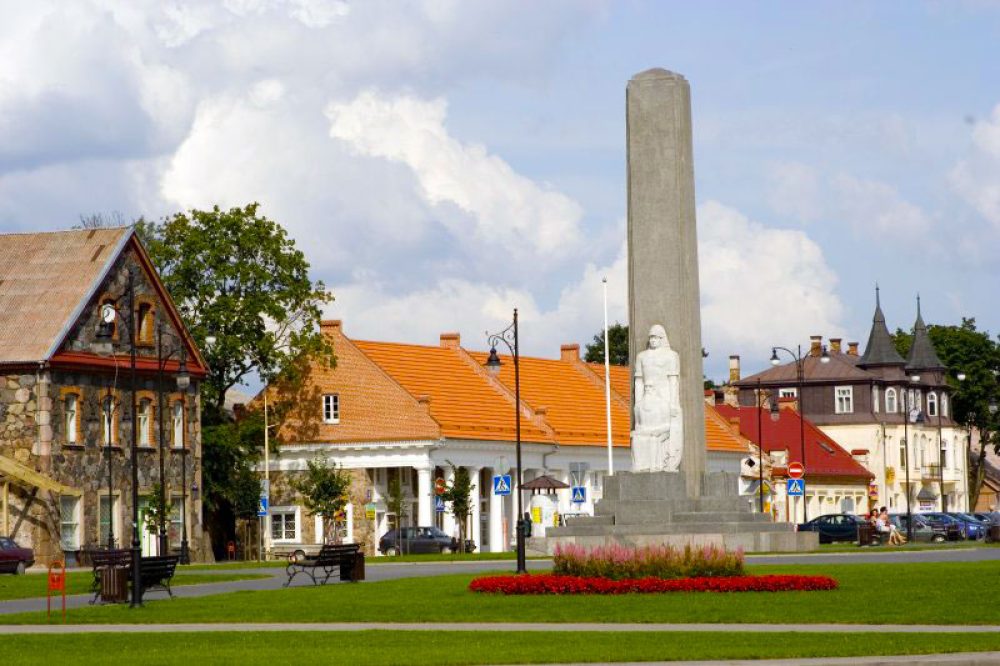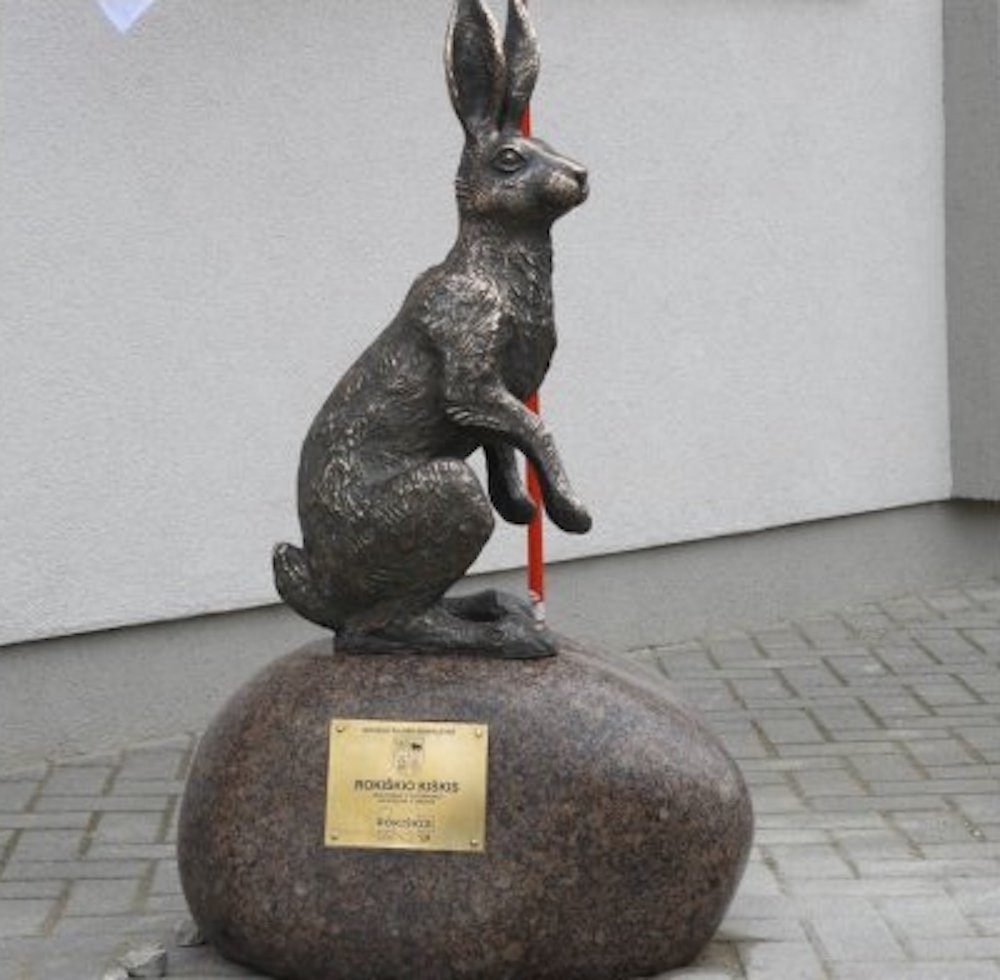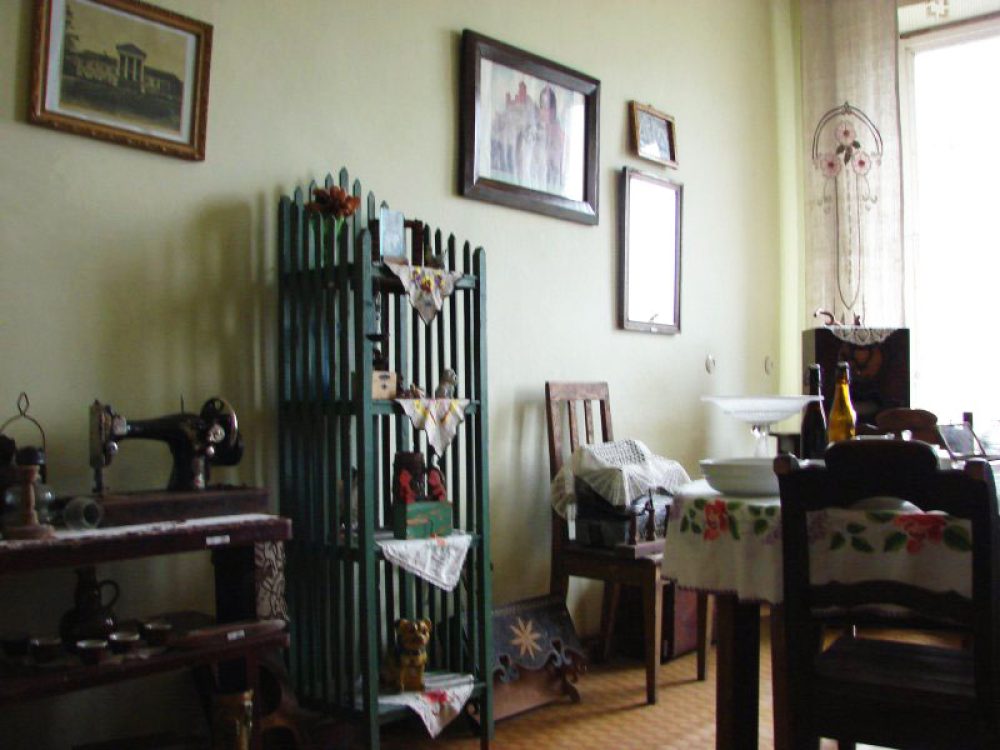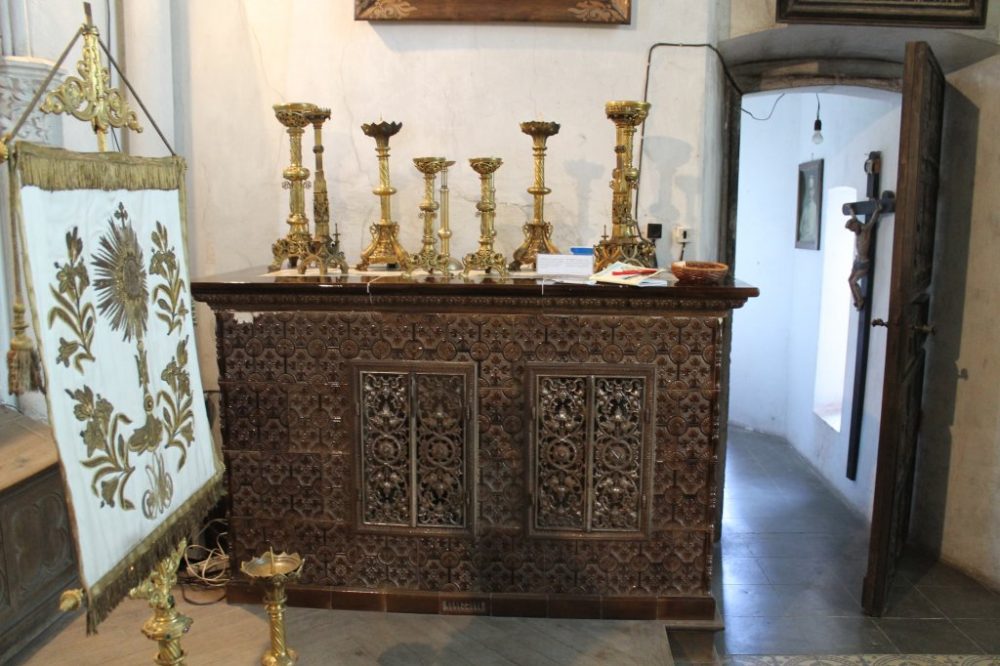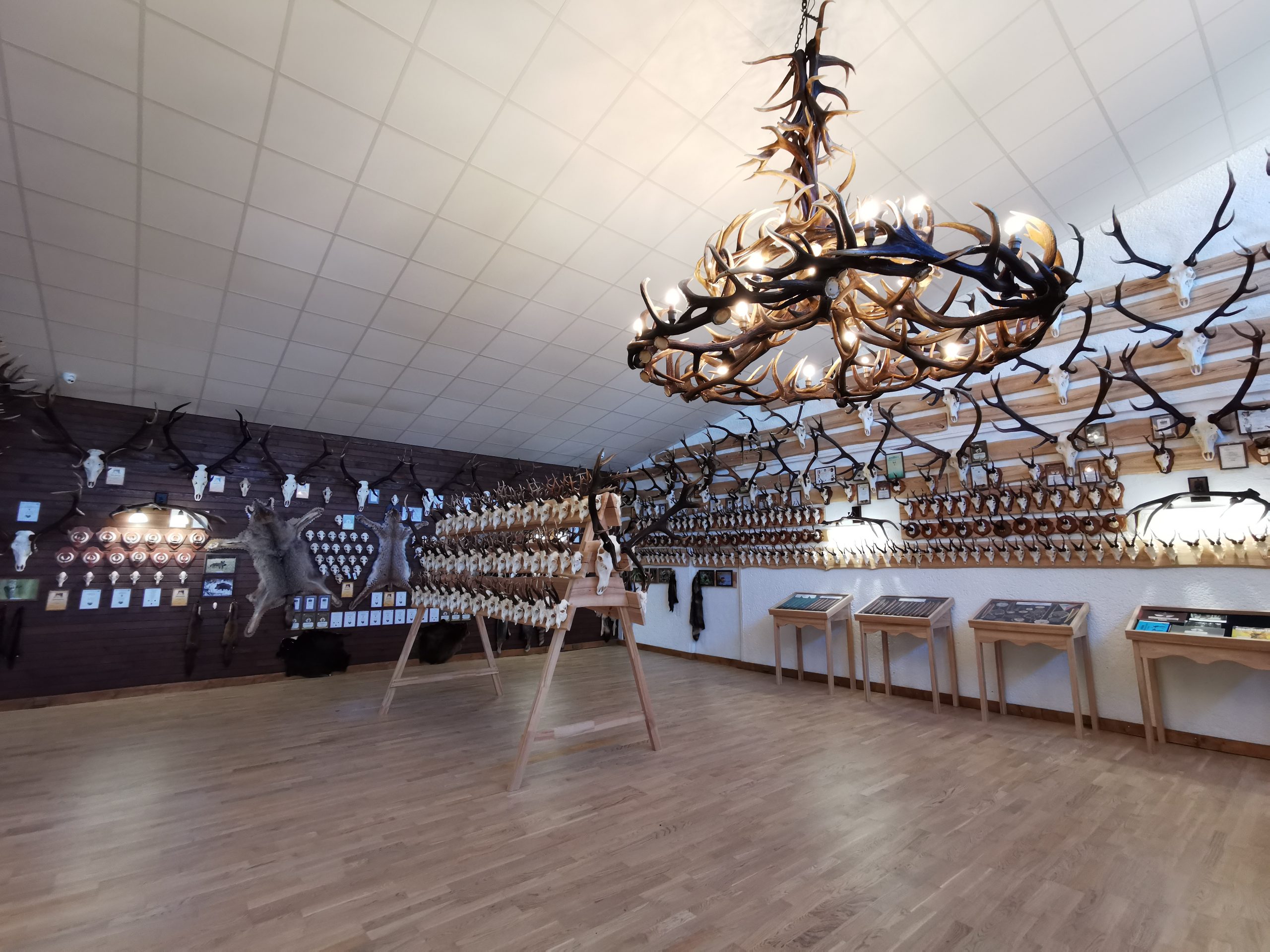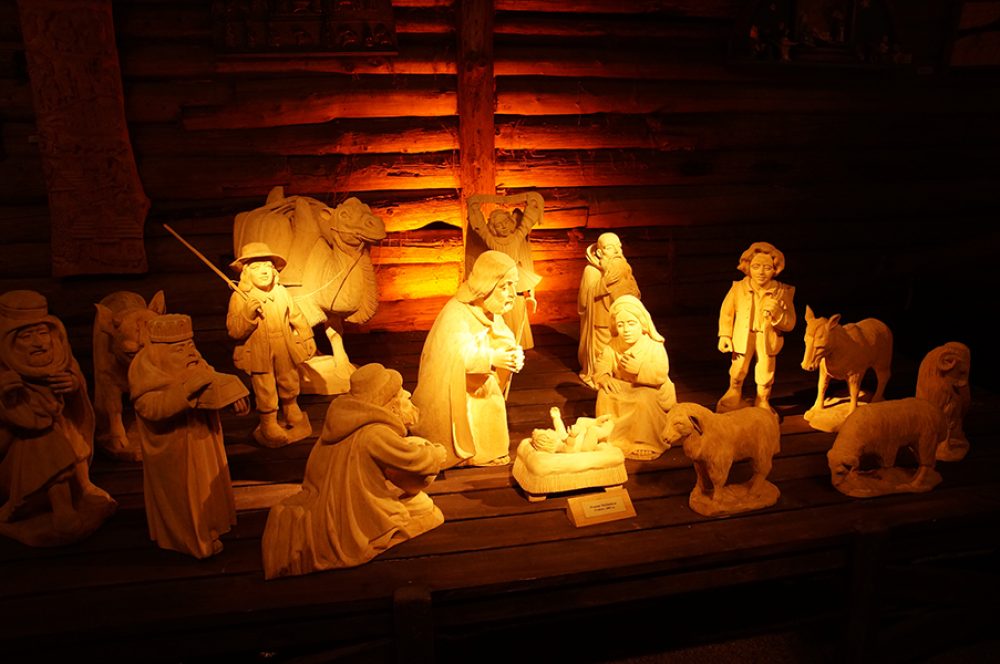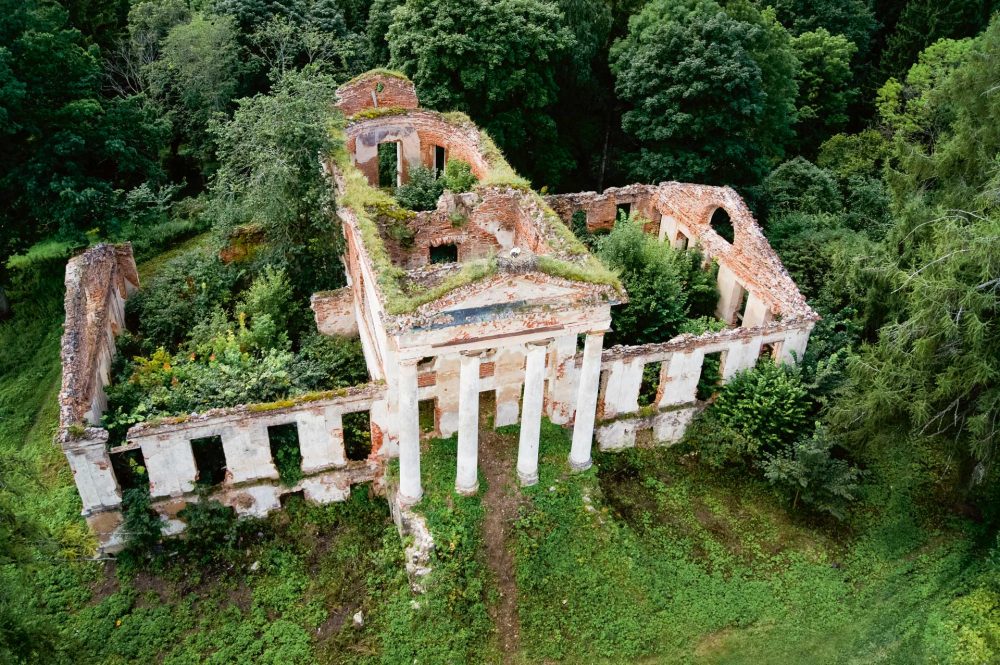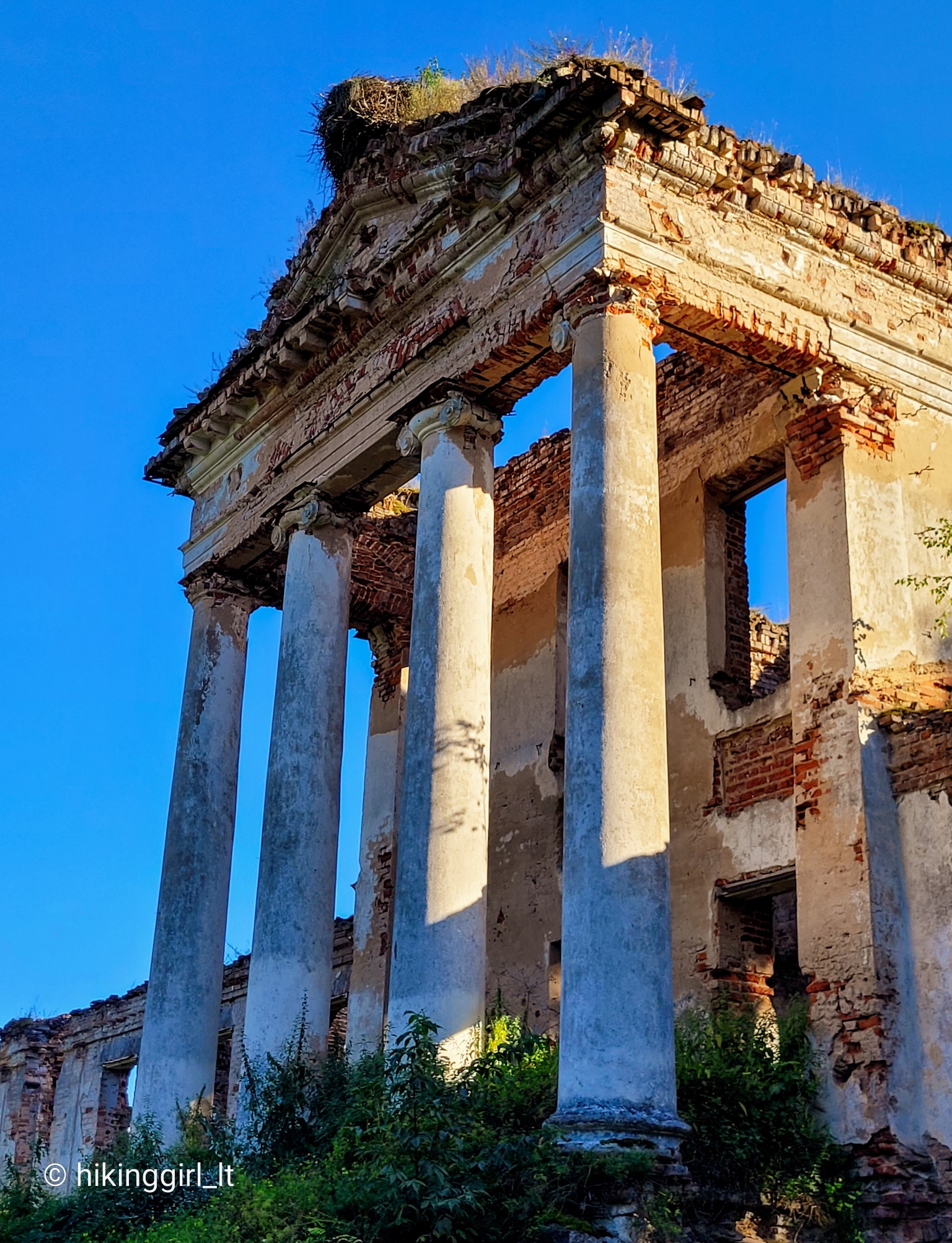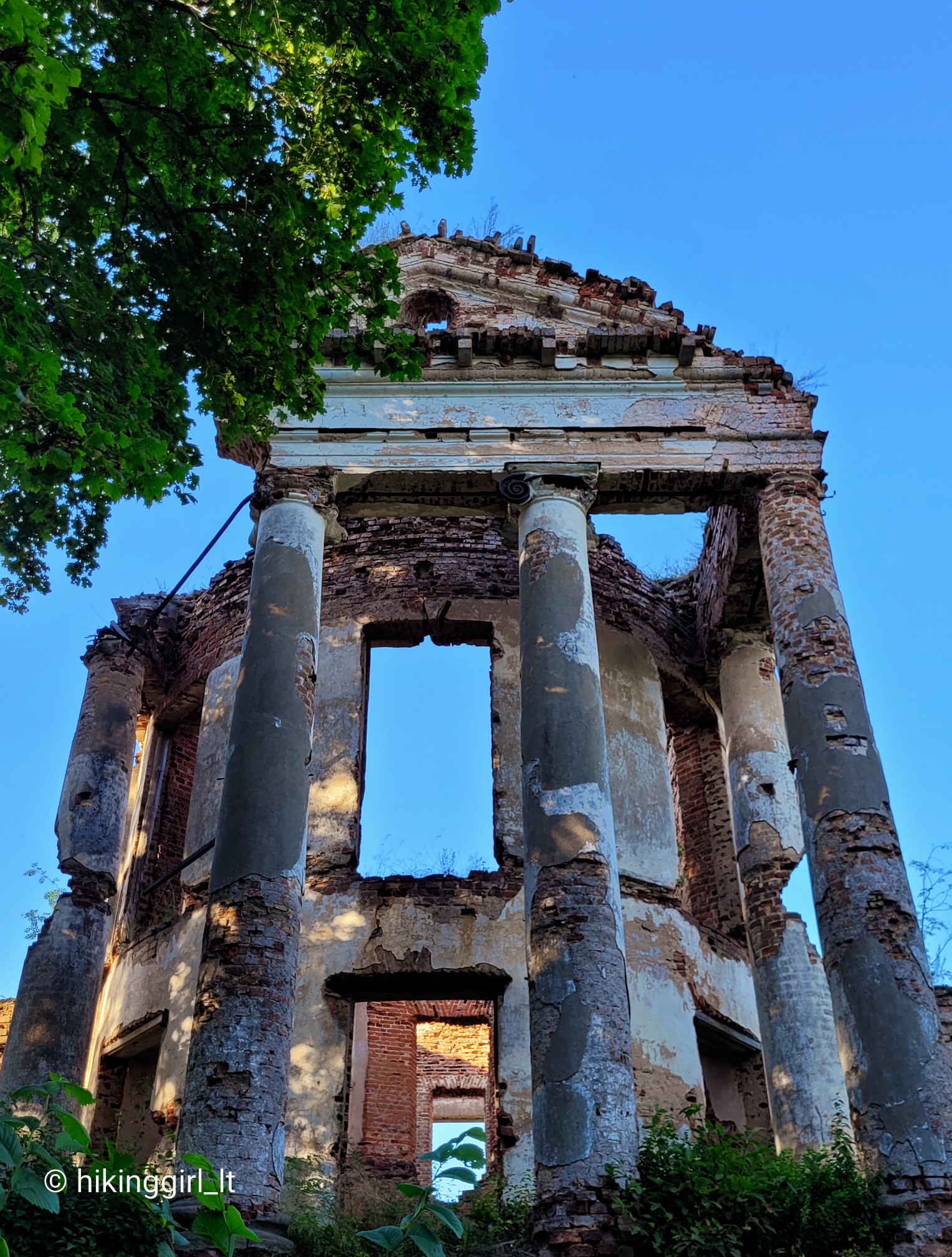Fragments of Onuškis Manor and Park

246

0

0
Onuškis Manor and Park is a historic site in the Rokiškis region with a history dating back to 1522. In the 18th century, the manor was owned by the Rajeckai family, and in the early 19th century, it came into the possession of the Komar family. Juozapas Komaras built a late classical manor house, adorned with 11 columns, most likely designed by the renowned architect Cezar Anikin. Unfortunately, the manor was destroyed by fire during World War I, and the ruins remain to this day.
Info
-

Manors


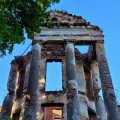
Whats new?
Nearby attractions
Nearest museums

 Entertainment
Entertainment
 Food establishments
Food establishments





























 56.139572, 25.532129
56.139572, 25.532129
 Get directions
Get directions








